Risk Management Strategies in Healthcare: Educational Program Outline
VerifiedAdded on 2022/08/21
|5
|808
|17
Homework Assignment
AI Summary
This assignment presents an educational program outline focused on risk management within a healthcare setting. The program addresses the critical issue of cyber risk management, including malware, data breaches, and distributed denial of service attacks, which threaten patient privacy and system integrity. The rationale highlights the need for a robust cyber risk management strategy, citing the increasing frequency of cyberattacks and the legal responsibility of hospitals to protect patient data. The outline proposes the implementation of a cyber risk management strategy using the HITRUST common security framework, emphasizing the importance of skilled IT staff. It acknowledges challenges such as rapidly evolving cyber threats and the need for cultural shifts within the organization. The program's success is evaluated through streamlined inventory management, improved data flow monitoring, and compliance with regulations like HIPAA, HITECH, and the FDA. The outline also emphasizes the importance of leveraging emerging technologies to counter cyberattacks. The paper includes references to support the claims and recommendations.
1 out of 5
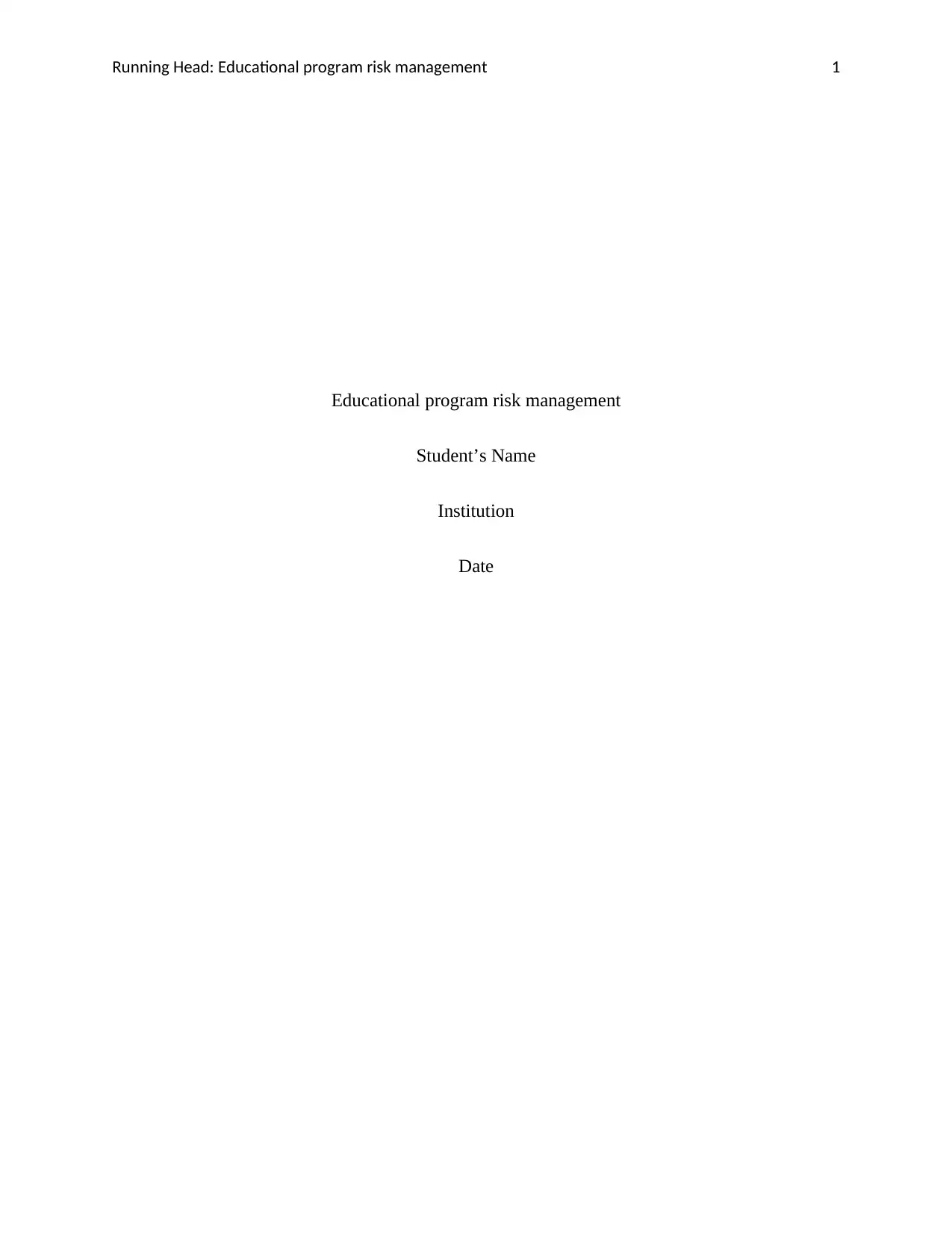
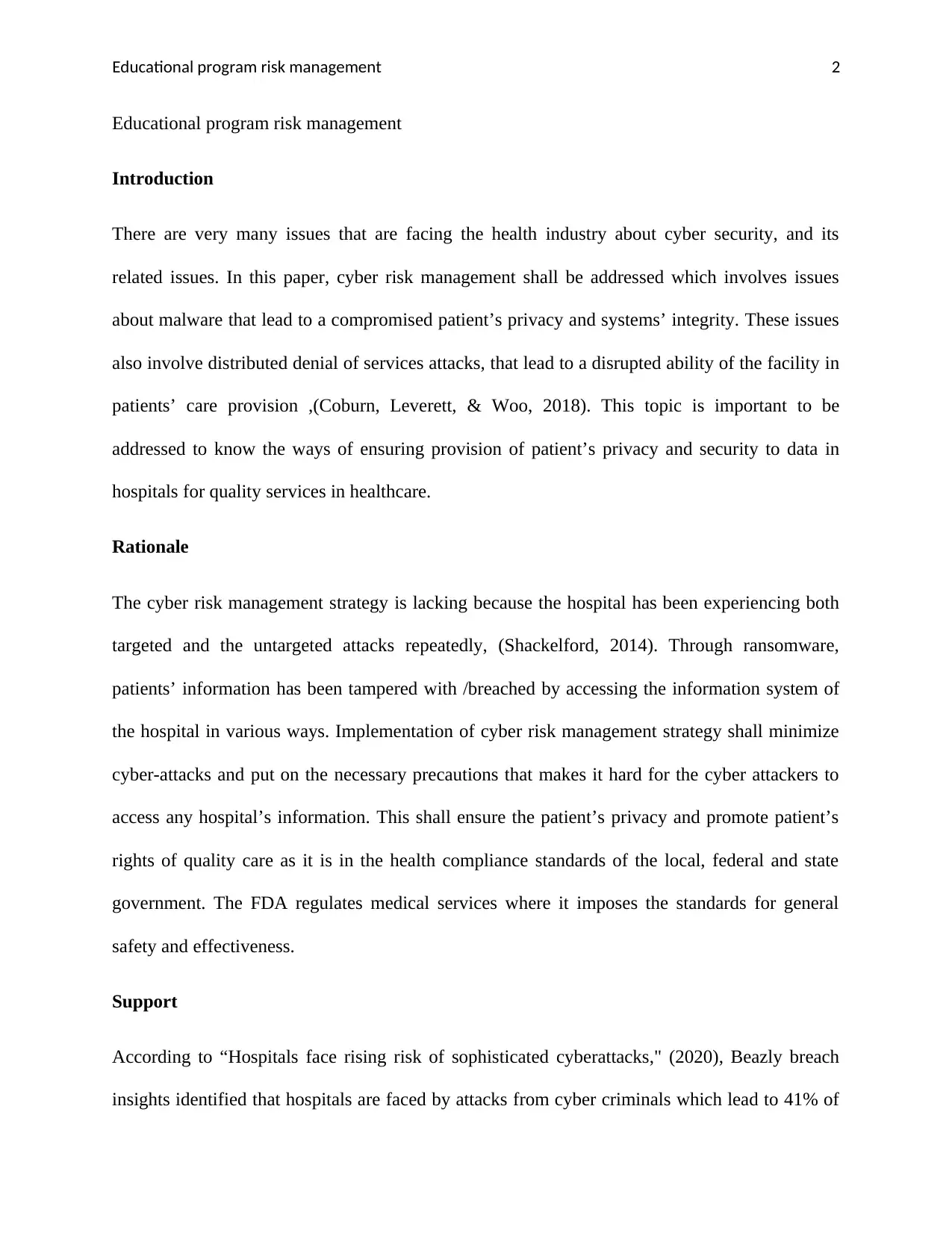
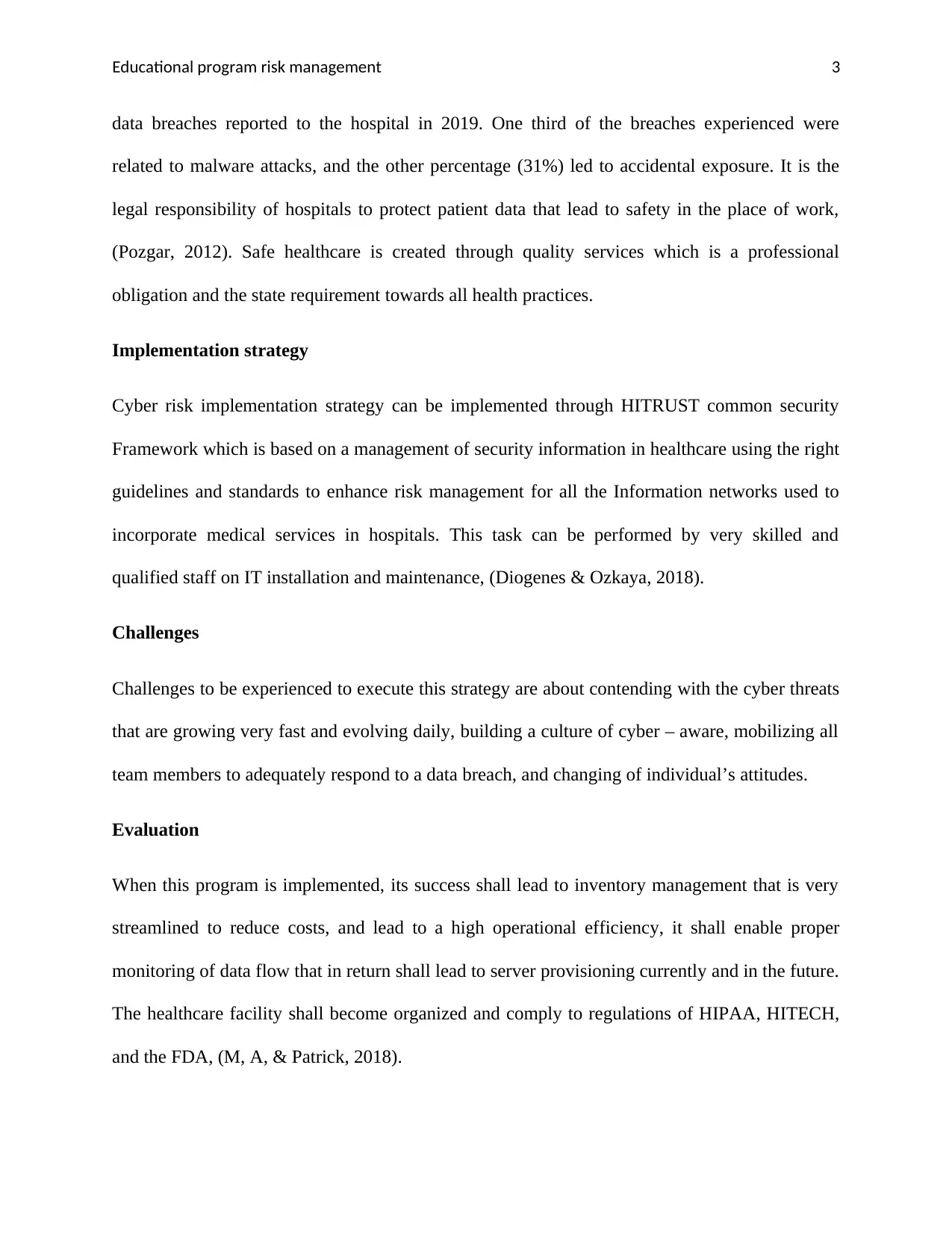

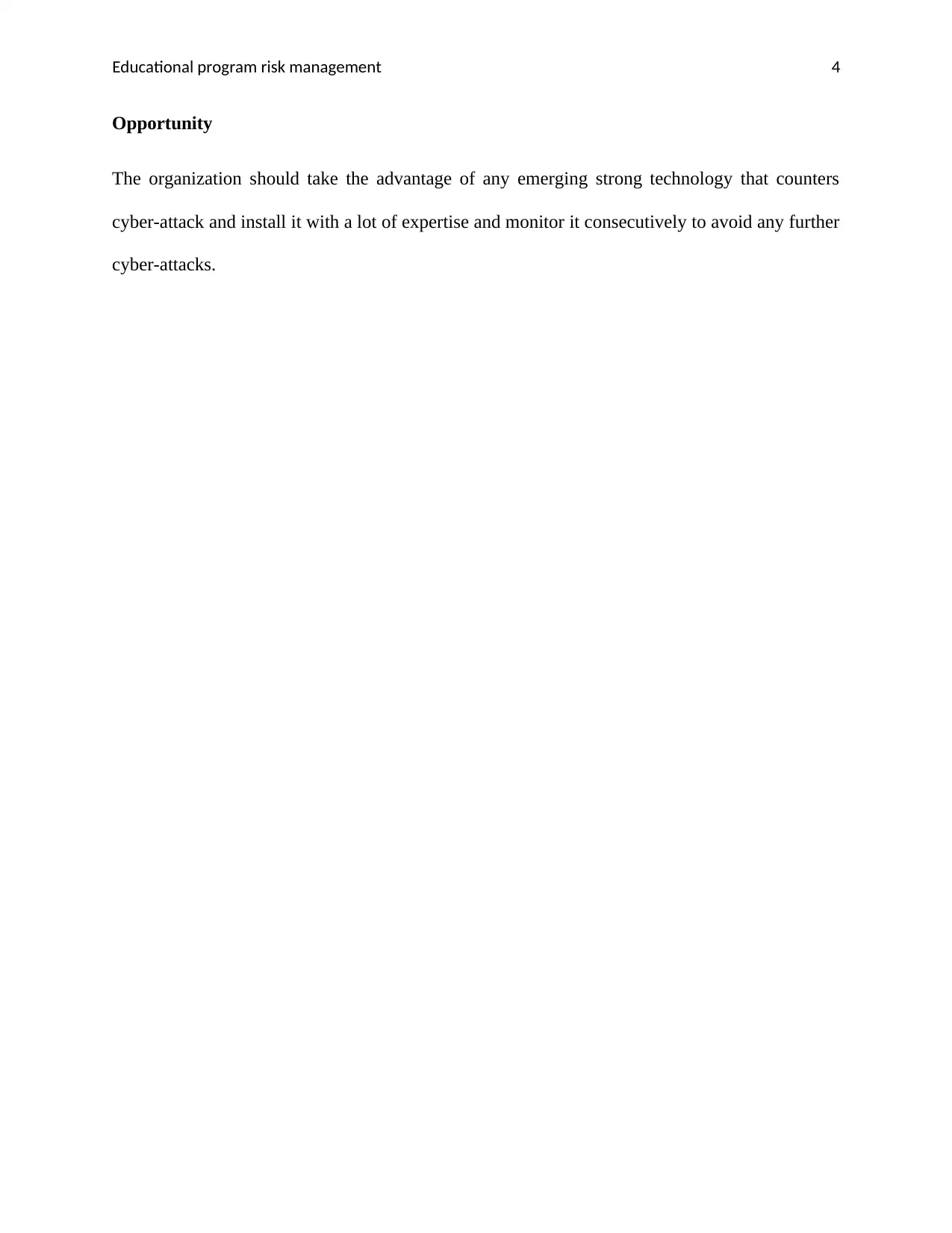
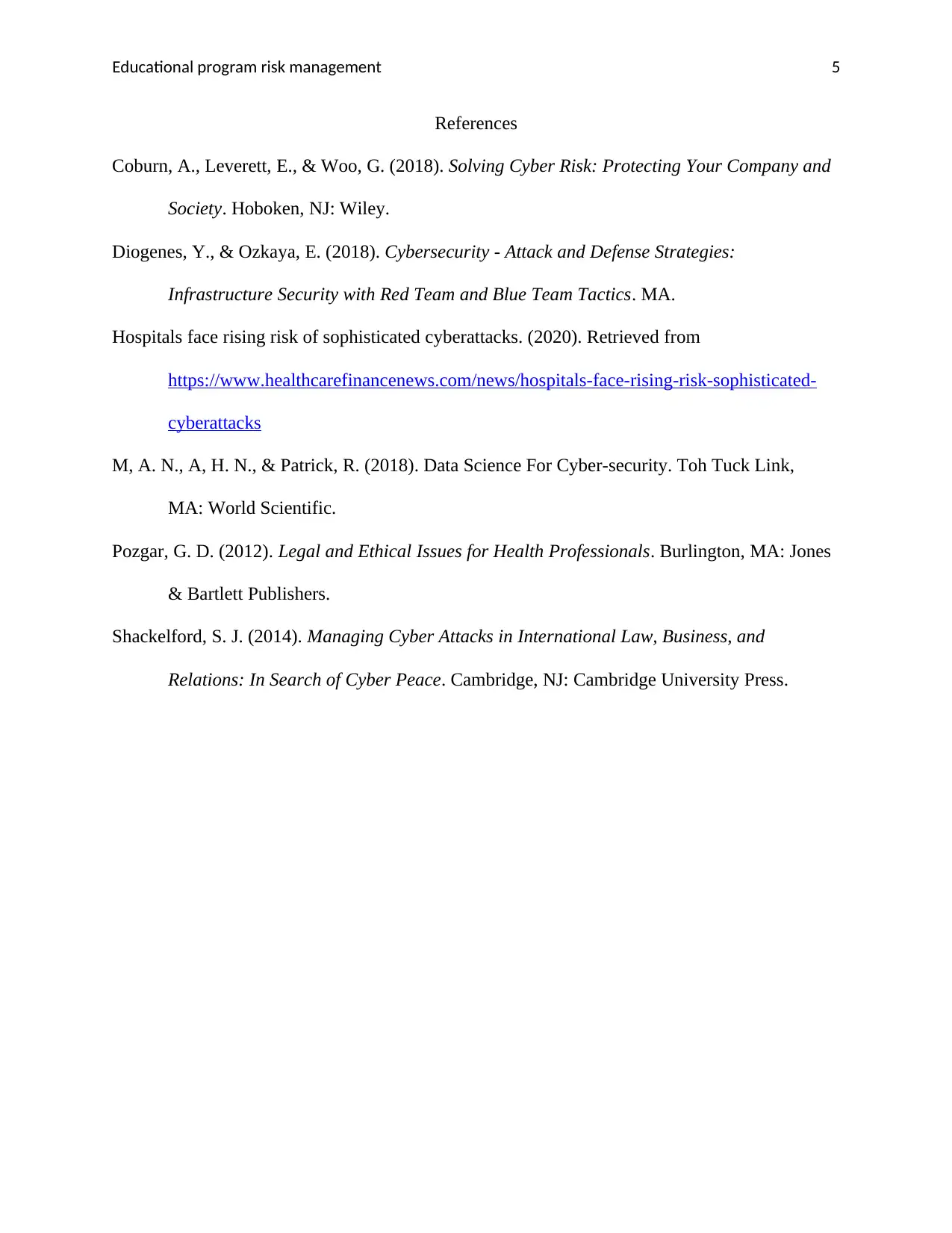






![[object Object]](/_next/static/media/star-bottom.7253800d.svg)